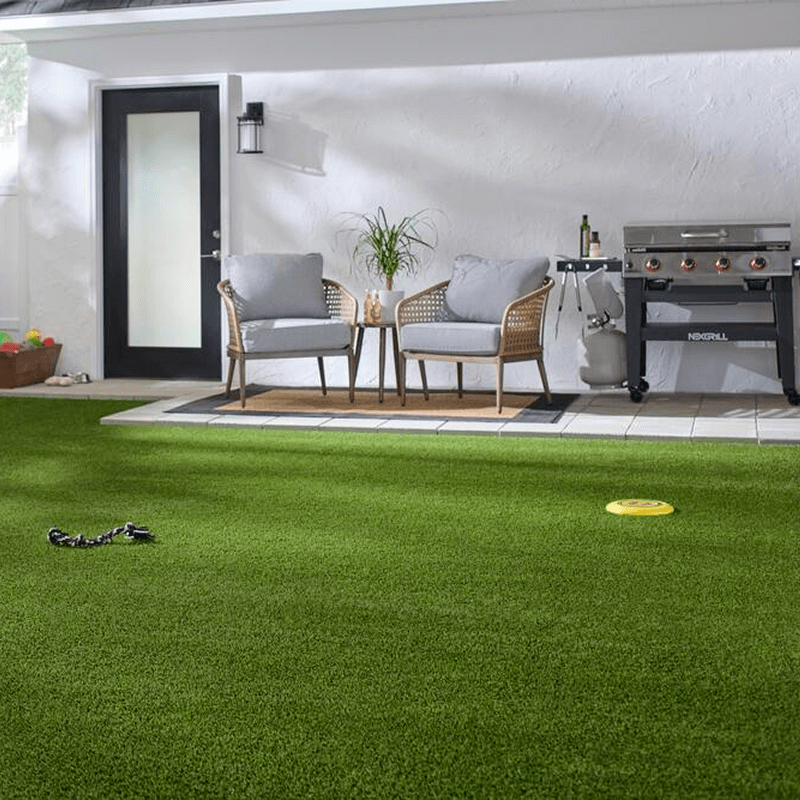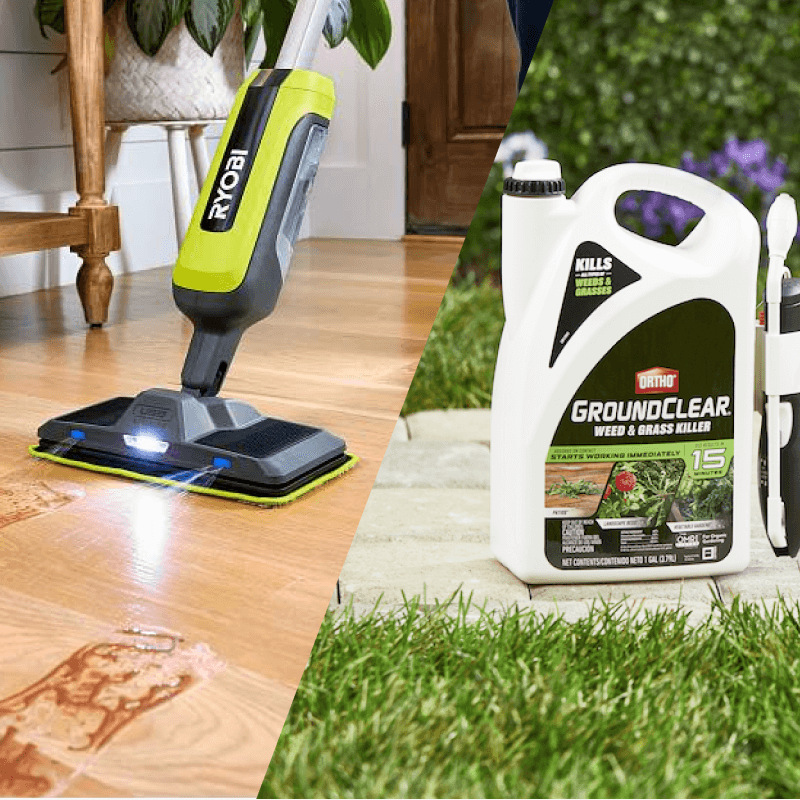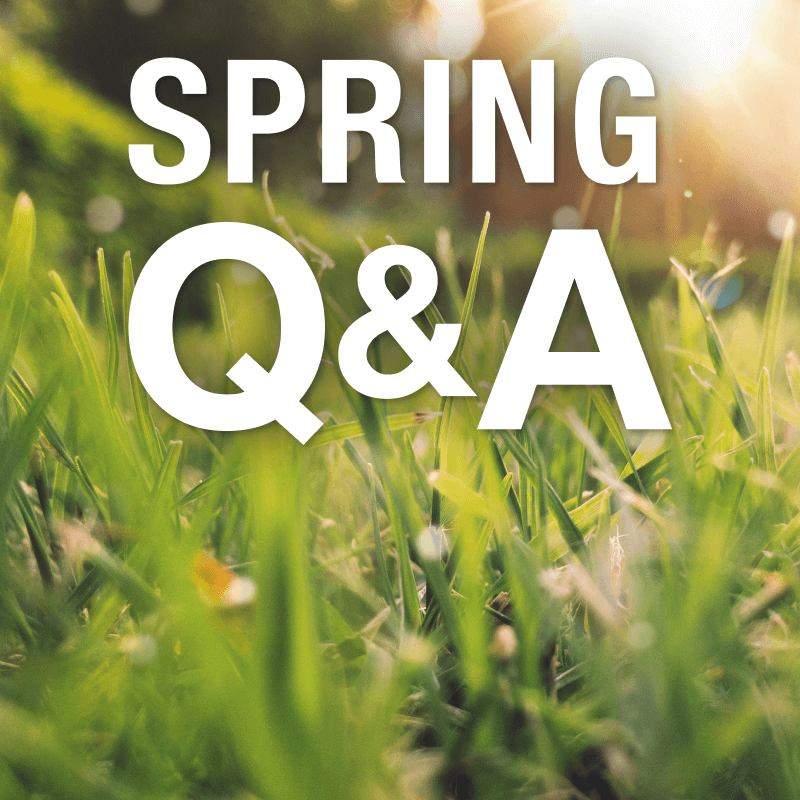Living in the heart of a big city often means less living space and more hustle and bustle. You may be lacking a yard, but living in an urban environment doesn’t mean you have to sacrifice your love of gardening.
Gina Kiamos, a Home Depot garden specialist in Manhattan, knows the do’s and don’ts of gardening in a city. “I’ve actually seen more people interested in urban gardening than ever. The excitement is unbelievable,” says Gina.
Check out Gina’s roundup of urban gardening tips that will help turn your city home green.
1. Height Matters
If you put a flowerpot on an outdoor terrace, it’s important to think about wind, particularly on a high balcony. “A lot of people like plastic pots, but if you live in a high-rise building and it’s a windy day, your plant will blow over. We recommend terra cotta or clay pots for those situations,” explains Gina. Having a heavy base will keep your perfectly potted plant from falling over and making a mess.
2. Hanging Baskets and Ornate Pots Add Décor 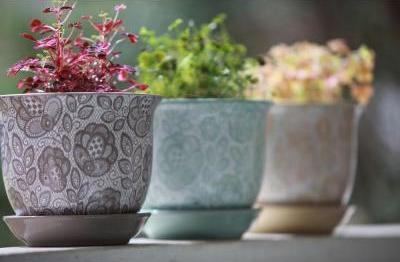
Hanging plants are great for décor and can be displayed in front of a window. They are the perfect solution for small apartments with little floor or windowsill space. “I recommend hanging pothos or Boston ferns. They are a customer favorite,” says Gina. Elaborate, ceramic pots are also very popular. When you don’t have a lot of space, you want every piece to be functional, but still decorative.
3. Herbs and Tomatoes Top the Edibles Chart
Tight spaces provide the perfect opportunity to hone your skills growing herbs: they can fit in small containers and grow well on balconies or windowsills. Gina explains that tomatoes are also quite popular for city gardens due to how easy they are to grow in containers. Choose herbs or vegetables and you’ll have fresh ingredients not far from the kitchen.
New to gardening? Gina recommends trying the Jiffy greenhouse starter kits. They are compact and perfect for growing something small.
4. Ferns Grant Privacy
Large green ferns and tropical plants are commonly used to seclude patios in urban environments. “Many city residents have small terraces or patio areas where they want more privacy, and these tall plants are perfect—they really thrive.” Just remember, in the cooler months, these plants need to be brought inside for protection from the cold.
5. Lack Outdoor Space? Try a Window Box
“A lot of people choose to do a window box planter if they don’t have a terrace. All you need is a window and a plant that thrives on a lot of light.”
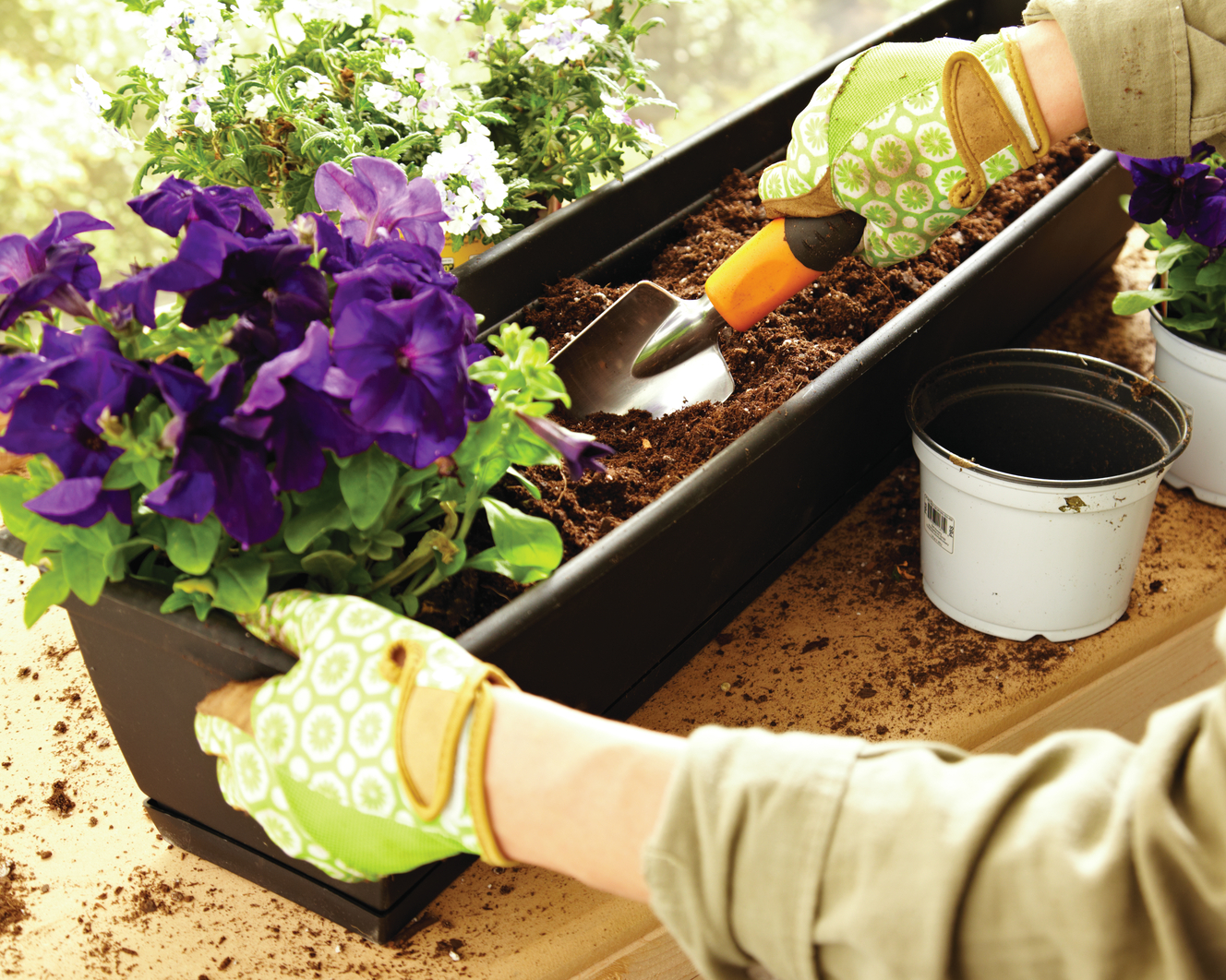
6. Fight Off the Insects
You won’t find a lot of weeds in an urban environment, but you still have to be conscious of insects. “Sometimes when you don’t water a plant enough, it can get mites,” warns Gina. Neem oil is good for plants, trees and shrubs—indoors or out—and will keep the pests at bay.
7. Avoid Plants Needing Direct Sunlight
“Unfortunately, a lot of city dwellers don’t get a lot of direct sunlight,” notes Gina. “They may get morning and afternoon light, but it’s not enough for some plants.” Be sure to consider exactly where you’re placing the plant and the type of sunlight in the area. This will be crucial when determining if your plant thrives or dies.
Want more gardening ideas? Visit our Garden Club for more tips and inspiration.



